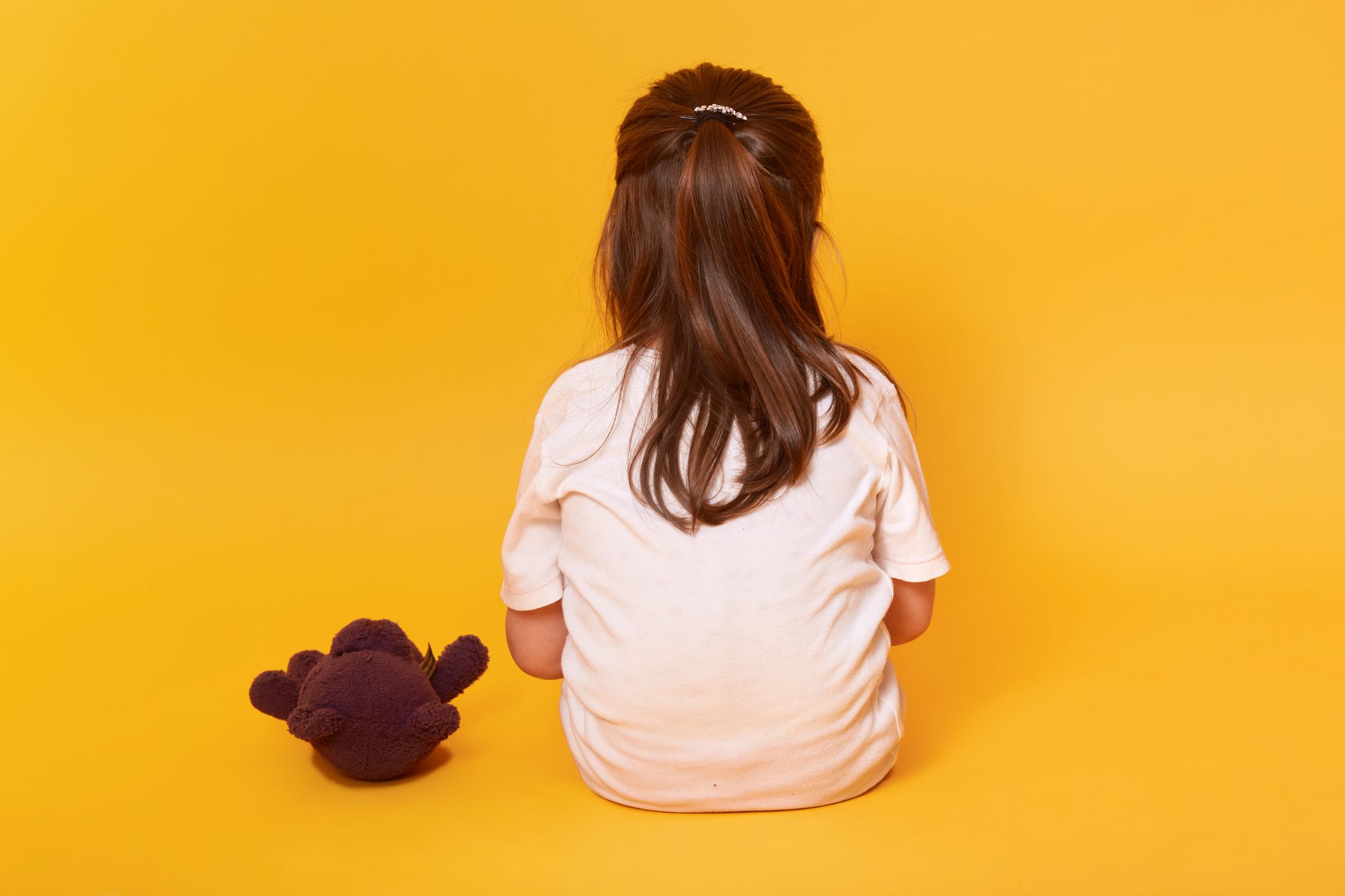Spotting Signs of Abused Children

The difficult truth is that most child abusers are members of an abused child's immediate circle of family and trusted adults. So, preschool staff often become the child's only line of defense.
As the number of reported and confirmed cases of child abuse rise every year, the onus has fallen on preschools to be vigilant to signs of abuse. Between 2015 and 2019, the number of confirmed cases of child abuse (physical abuse, sexual abuse, and neglect), nearly doubled in Singapore. Additionally, in 2017, the Straits Times reported that a majority of preschool staff are not adequately trained to identify signs of abuse and intervene safely.
Here are a few signs that your preschool can train educational staff to look out for.
Visible injury and signs of neglect
Children hurt themselves; it's a normal part of childhood. However, unusual injuries and injuries that don't match the child's explanation should ring a warning bell to preschool staff.
Examples of unusual injuries can include:
- Burns that don't match the child's explanation and cigarette burns
- Bruises, welts, and scratches that don't match the child's explanation
- Bruises, welts, and scratches that leave a clear imprint (e.g. handprint, belt mark, mark of an object used to hit the child)
- Several injuries at different stages of healing

Aside from injuries that have been inflicted by another person, preschool staff should also look out for signs of neglect. Does the child have any medical or dental issues that have been left untreated?
A neglected child can show these signs:
- Consistently looking dirty and not appearing hygienic
- Poor weight gain and physical growth
- Consistently poor attendance rate
Collecting data such as attendance records and daily visual health checks are good habits. And in cases of child abuse, these records can be critical for showing patterns of abuse and providing evidence when the need arises. Preschool management technology, like LittleLives Check In, can help to integrate these important steps into your daily preschool check in procedure.
Behavioural signs of abuse
Abused children, especially the very young ones in preschool, often do not have the vocabulary to communicate what they are feeling or experiencing at home. So, the negative emotions are often expressed in sudden and sharp behavioural changes.
This is what you can look out for:
- The child is reluctant or afraid to go home.
- The child is averse to physical touch.
- The child wears clothing that does not match the weather. Clothing that covers up the body, especially in hot weather, may be covering up injuries.
- The child is withdrawing socially from peers in school.
- The child displays extreme behaviour.

If you suspect that a child is being abused, here's what you can do:
- Report it to the police along with any evidence you may have gathered
- Call a hotline to report child abuse and they will be able to guide you on the next steps, depending on how dangerous the situation is for the child at the moment. In Singapore, the hotline for reporting family violence is 1800-221-4444

Intervening with family violence can be a difficult position for yourself and your school. However, it's important to remind yourself that a child's safety isn't a personal family matter. So, it's well within your right as a child's educator to step in and protect them.
To sum it up
A smart school management system is designed to make your life easier. It is the nervous system for your institution around which other technologies are incorporated. It is, in fact, a master plan to regulate administrative operations in a consolidated, integrated, efficient and smooth way to increase the productivity of your school. It is also a value-adding tool for parents to have a look into their child's day, anywhere and anytime.
If you are still looking for a system that will work well for your school's operations, you can contact LittleLives to see how we can help!



